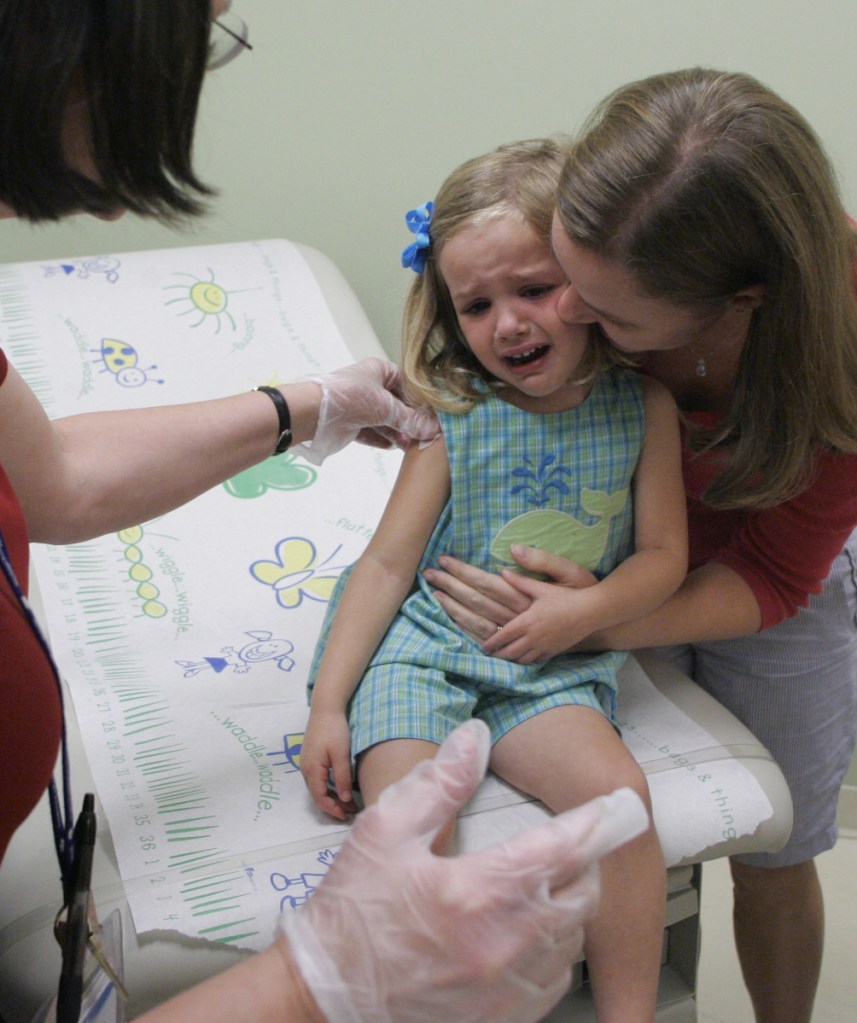FORT LAUDERDALE, Fla. — The number of uninsured children in the United States has increased for the first time in nearly a decade, to 3.9 million in 2017, according to a report Thursday from Georgetown University’s Center for Children and Families.
Nationally, the number of uninsured children increased by an estimated 276,000 in 2017, from a historic low of 4.7 percent in 2016 to 5 percent last year. Experts say about 75 percent of the newly uninsured children are clustered in states that did not expand Medicaid such as Florida, Texas and Georgia.
Under the Affordable Care Act, states could accept federal funding to help pay for most of the cost of health care coverage for low-income people, but lawmakers or governors in some states decided not to do so. The vast majority of states have already expanded Medicaid and increased the number of residents eligible for coverage.
In Maine, opposition from Gov. Paul LePage prevented expansion for years until voters approved it in a November 2017 referendum, but his continued resistance since then has delayed implementation and the matter is now in the courts. The Georgetown report said the number of uninsured Maine children under age 19 remained steady from 2016 to 2017 at roughly 13,000, although the percentage edged higher from 4.8 percent to 4.9 percent, just below the national average.
Joan Alker, executive director of Georgetown’s Center for Children and Families who has written the report for the past eight years, said she’s never seen the number of uninsured children fail to significantly decline in all 50 states as it did in 2017. What is perhaps most concerning, she said, is that the overall uninsured rate increased despite an improving economy and low unemployment rate that allowed more children to get private coverage through their parents.
The report blamed the increases on the Trump administration’s repeated attempts to prompt an overhaul of publicly funded health care. There were major efforts to repeal the Affordable Care Act and cut Medicaid, and the children’s CHIP insurance funding also ran out and hung in the balance for months before Congress extended it.
“There was a lot of confusion among families as to whether these public coverage sources were available,” Alker said.
At the same time, the Trump administration slashed funding for advertising and enrollment counselors to help sign people up for these health insurance programs, including in the Obamacare federal marketplace where parents can purchase private health insurance and often receive a subsidy to help pay for it.
The report noted that many of the children who do not have health insurance are eligible for coverage, but just aren’t enrolled.
Ed Haislmaier, a senior research fellow with the conservative think tank The Heritage Foundation, said the figures are statistically insignificant. He did agree that there were dips in Medicaid enrollment and through the Obamacare marketplace, but noted there’s no enrollment cutoff for Medicaid, meaning families can sign up their children year-round.
“It’s really more of a fluctuation. There’s no policy driver there,” Haislmaier said, saying he didn’t think marketing cuts had any impact.
The report also expressed concern that strict immigration policies and enforcement were making many immigrant families leery of enrolling, even if their children are eligible for health coverage.
“We think it’s really this national unwelcome mat regarding public coverage,” Alker said.
Send questions/comments to the editors.



Success. Please wait for the page to reload. If the page does not reload within 5 seconds, please refresh the page.
Enter your email and password to access comments.
Hi, to comment on stories you must . This profile is in addition to your subscription and website login.
Already have a commenting profile? .
Invalid username/password.
Please check your email to confirm and complete your registration.
Only subscribers are eligible to post comments. Please subscribe or login first for digital access. Here’s why.
Use the form below to reset your password. When you've submitted your account email, we will send an email with a reset code.